Playing Magic: The Gathering formats like EDH, Standard, and Modern can get pricey if you’re looking to craft the strongest decks. But Pauper provides an alternative for those looking to play on a budget.
Only allowing cards that have been printed as Common in rarity, Pauper has the most easily accessible card base of any format in Magic. If you want to compete, you won’t have to spend hundreds of dollars buying Rare and Mythic Rare cards online.
While it’s easy to put together a Pauper deck, there are a few decks that stand out above the rest. With an emphasis on value, these are some Pauper deck archetypes you’ll be able to wreck your friends with.
Mono-Green Stompy
This deck’s strength is in its simplicity. Using only Forests for land, “Stompy” Pauper decks make up a substantial amount of the MTG Pauper meta. These decks are creature heavy, usually including 26 or more creature cards that all cost one or two mana.
The rest of the cards in the deck are spells and enchantments that strengthen the power of the low-mana creatures. If it works properly, a Stompy deck will unload its hand within just a few turns, and its opponent will be overrun by high-value creature cards.
Tron
Tron is the perfect juxtaposition to Mono-Green Stompy decks. With a significantly higher mana curve, Tron decks have a more board control and card advantage-oriented approach to the game.

The key to the deck’s success is the ability to get all three pieces to the Urza land combination on the battlefield. Individually, Urza’s Mine, Urza’s Power Plant, and Urza’s Tower are lands that tap for one colorless mana.
But when they’re all on the battlefield at the same time, they create twice as much mana, making it so that a spell-heavy Tron deck can manipulate the battlefield as its controller chooses.
Faeries
There are two different types of Blue Faerie decks in the Pauper meta. One dips into Red for access to Lightning Bolt and Skred. The other uses black for other forms of removal and the powerful delve card Gurmag Angler.
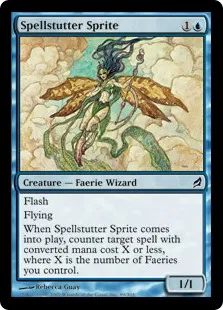
Both decks rely heavily on Faerie Seer, which lets you scry, and Spellstutter Sprite, which can be used as a counter and creature at the same time against Stompy decks.
Meanwhile, the deck uses one-drop card advantage spells like Brainstorm and Preordain to get a leg up on more aggressive decks.
Boros Monarch
Filled with White creatures and Red damage spells, this deck can remove creatures that Faeries and Stompy bring to the table and generate threats of its own.
Getting a Seeker of the Way out early in the game will make it so that your Flame Slashes and Lightning Bolts serve a dual purpose. Not only will the cards deal damage to your opponents and their creatures, they will give Seeker of the Way extra attack power through the “Prowess” mechanic and give him Lifelink as well.


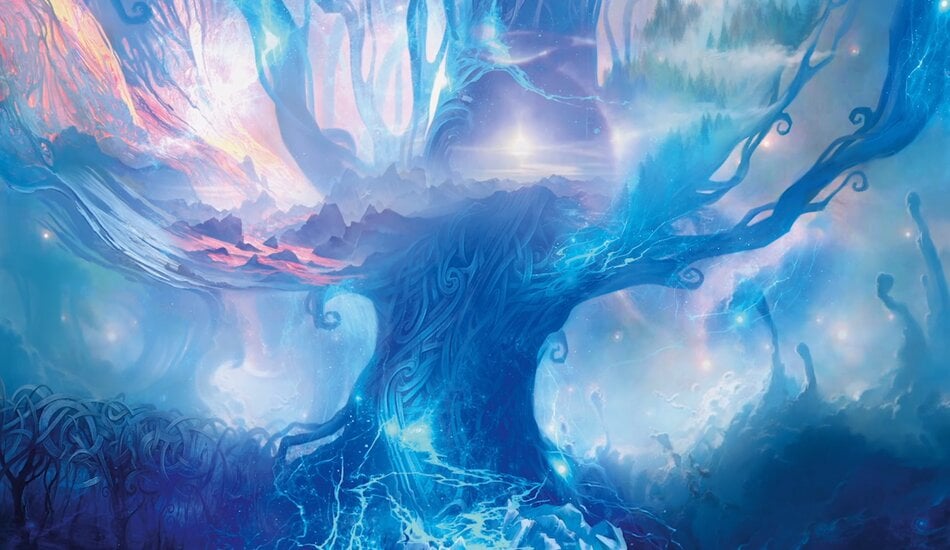
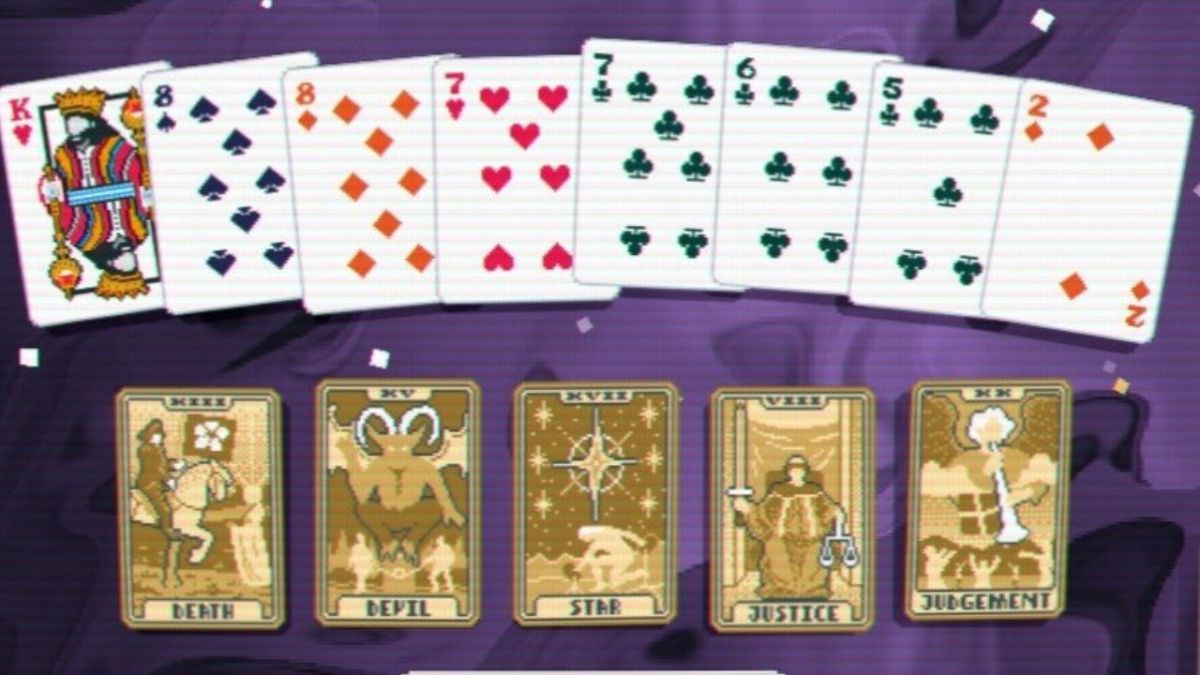
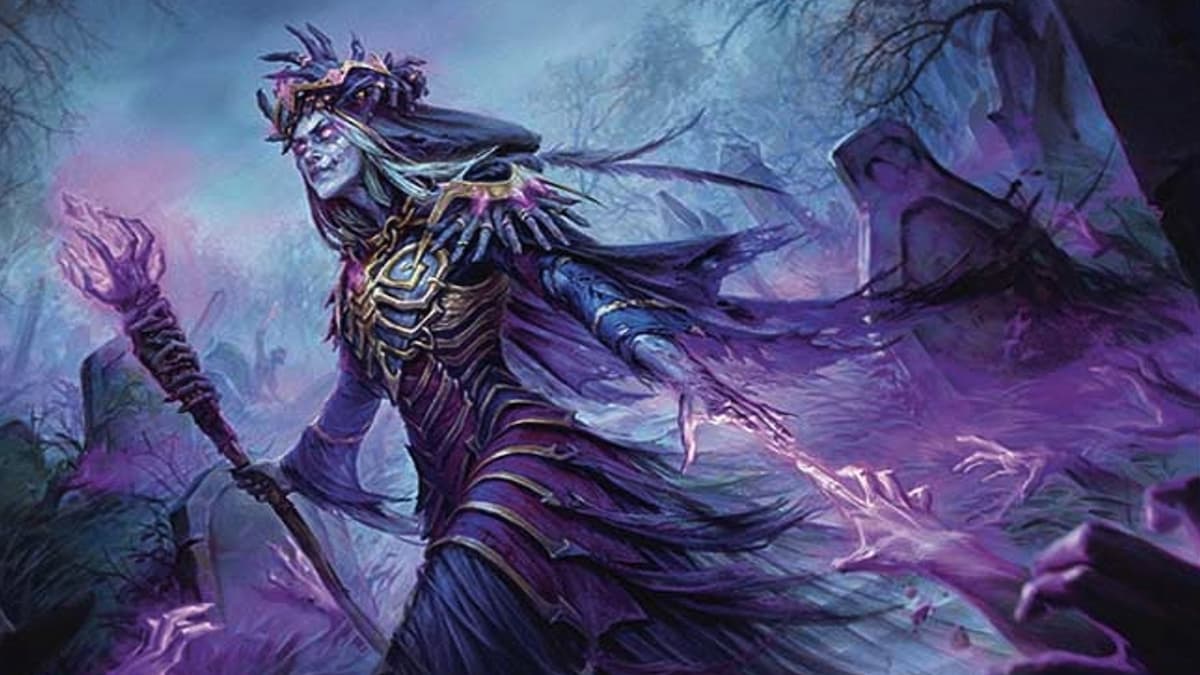
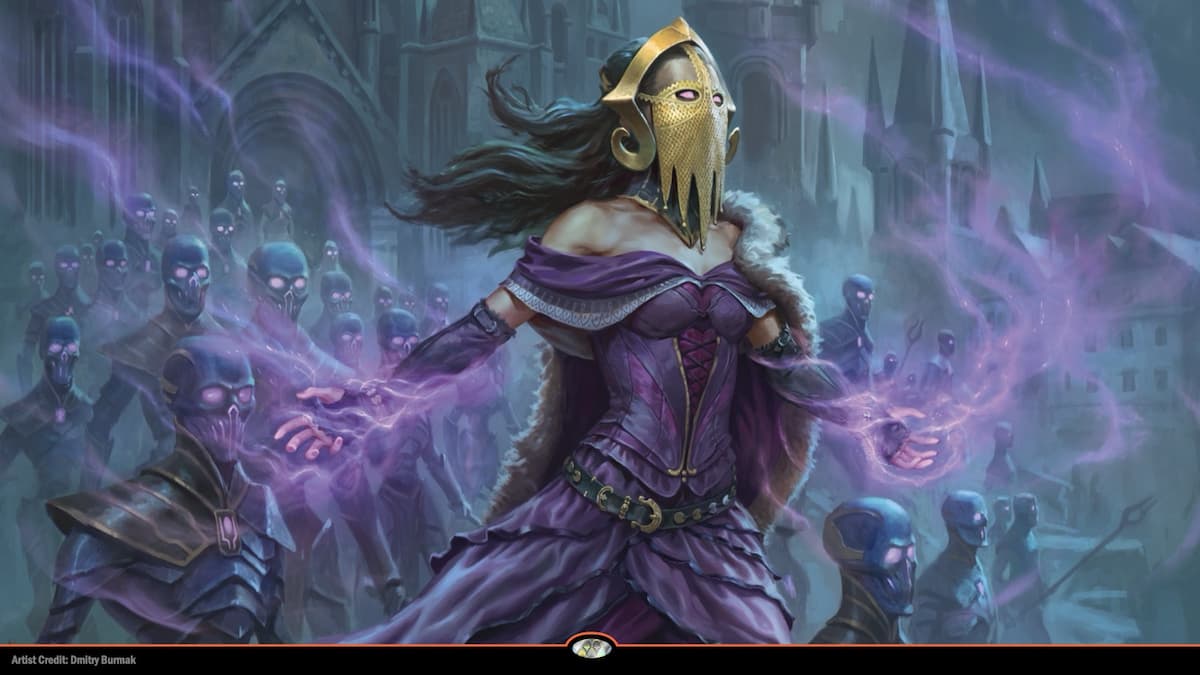

Published: Feb 23, 2021 10:10 pm